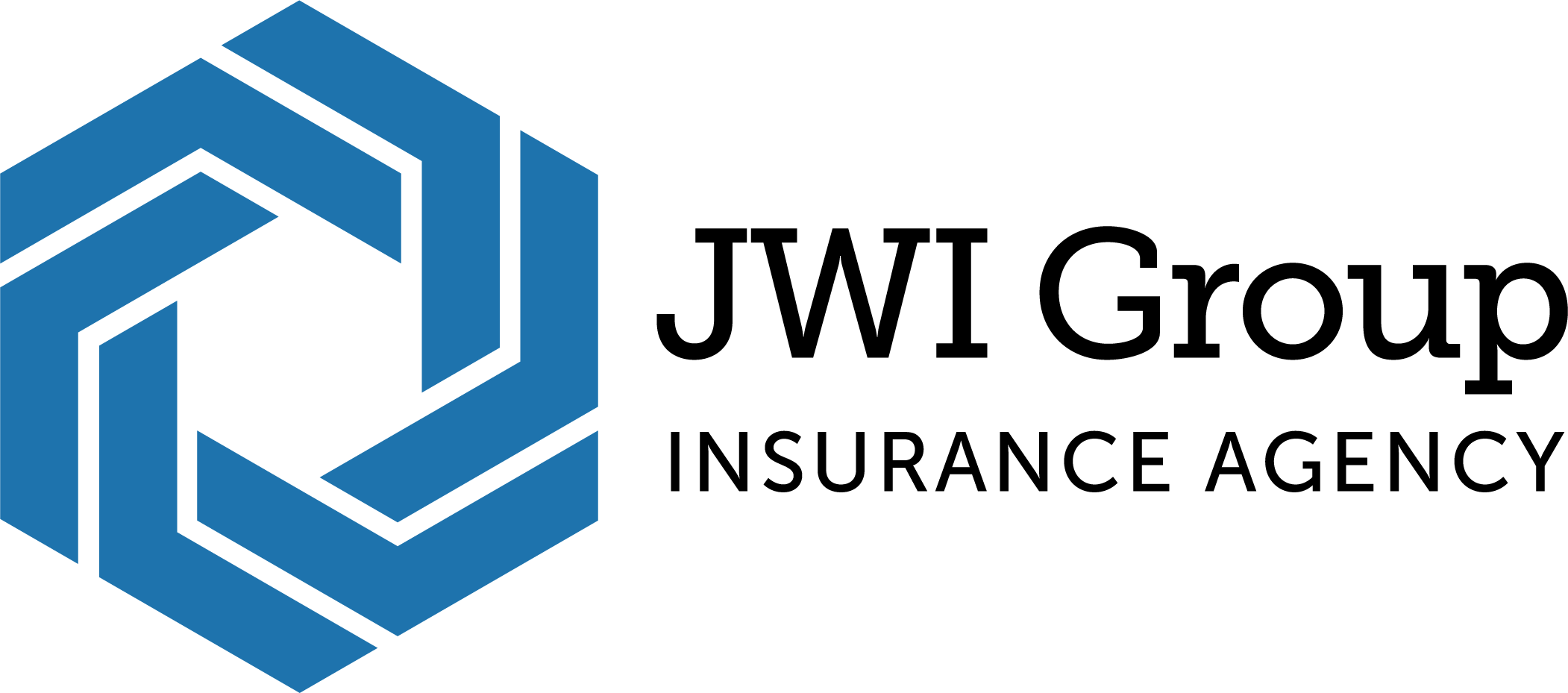Introduction to Cyber Threats for Small Businesses
In today’s connected business environment, cybercrime is no longer limited to large corporations. In fact, small businesses have become a preferred target. Why? Because they often lack the cybersecurity defenses and insurance coverage that larger organizations have in place.

This guide identifies the top five cyber threats facing small businesses in 2025, with clear, real-world context. We’ll explain how these threats work, why they’re growing, and how cyber insurance helps mitigate the financial fallout.
What are the Most Common Cyber Threats?
Brief Overview
Cyber threats include any digital activity intended to harm, disrupt, or gain unauthorized access to a business’s data or systems. Small businesses often face the same risks as large enterprises—but with fewer resources to defend themselves.
Importance of Understanding These Threats in 2025
Cyberattacks are growing in both volume and complexity. According to recent reports, over 60% of small businesses experienced a cyber incident in the past 12 months. Knowing which threats you’re most vulnerable to is the first step toward protection.
Why Cyber Threat Awareness Matters for Small Businesses
Benefits of Staying Informed
- Helps identify gaps in internal procedures or employee training
- Allows for quicker incident response
- Enhances discussions with IT providers and insurance agents
- Can reduce premiums if paired with proactive risk management
Impact on Insurance and Business Trends
As cyber threats rise, insurers are tightening underwriting standards and asking for more documentation. Having awareness—and protection—against these threats is now a prerequisite to qualify for the best coverage and pricing.
Key Components: The Top 5 Threats You Need to Know
1. Phishing Attacks
Phishing is the most common entry point for cybercriminals. These attacks trick employees into clicking malicious links or handing over sensitive information.
- Real-world scenario: An employee receives an email that looks like it’s from a vendor. They click a link and unknowingly share login credentials with attackers.
- Impact: Credential theft, system access, financial fraud
Insurance relevance: Phishing often triggers claims related to data breaches, business interruption, and cybercrime losses.
2. Ransomware
Ransomware encrypts your data and demands payment (usually in cryptocurrency) to unlock it.
- Real-world scenario: A medical practice’s servers are locked, and patient records are held hostage until a $25,000 ransom is paid.
- Impact: Operational shutdown, data loss, reputational damage
Insurance relevance: Cyber insurance can help cover the ransom payment, recovery expenses, and third-party liability.
3. Business Email Compromise (BEC)
BEC attacks target executives or finance staff with fake wire transfer requests or vendor invoices.
- Real-world scenario: A bookkeeper receives a spoofed email from the “CEO” instructing them to send $15,000 to a fraudulent account.
- Impact: Direct financial loss, wire fraud, legal risk
Insurance relevance: This may fall under cybercrime coverage or funds transfer fraud, if included in the policy.
4. Software Supply Chain Attacks
These attacks infiltrate businesses through third-party software or IT service providers.
- Real-world scenario: Your business management software is breached, compromising hundreds of your client records.
- Impact: Breach liability, class action lawsuits, regulatory scrutiny
Insurance relevance: Policies can cover third-party damages and defense costs tied to supply chain compromises.
5. Insider Threats and Human Error
Even well-meaning employees can accidentally leak sensitive data or misconfigure systems.
- Real-world scenario: A staff member mistakenly sends a spreadsheet with customer information to the wrong vendor.
- Impact: Data exposure, breach notification costs, loss of trust
Insurance relevance: Most policies include coverage for unintentional internal breaches, but not all cover deliberate acts.
Protecting Your Business with the Right Tools
Knowing these risks is only part of the equation. The most effective response includes:
- Employee training and strong password protocols
- Two-factor authentication and regular software updates
- Regular backups stored off-network
- Cyber insurance tailored to your size, systems, and industry
Get a Cyber Insurance Quote Today
At JWI Group, we help small business owners like you identify risks and put the right protection in place—including cyber insurance designed to respond to the real-world threats you face.
Click here to start your cyber insurance quote: https://www.cognitoforms.com/JWIGroupInc/JWIGroupIncCyberClientIntakeForm
Your business depends on digital systems. Make sure your insurance is just as strong.
